What is Sree Rama Navami?
Sree Rama Navami is a Hindu festival that celebrates the birth of Lord Rama, who is believed to be the seventh incarnation of Lord Vishnu. It is observed on the ninth day (navami) of the Chaitra month of the Hindu lunar calendar, which typically falls in March or April of the Gregorian calendar.
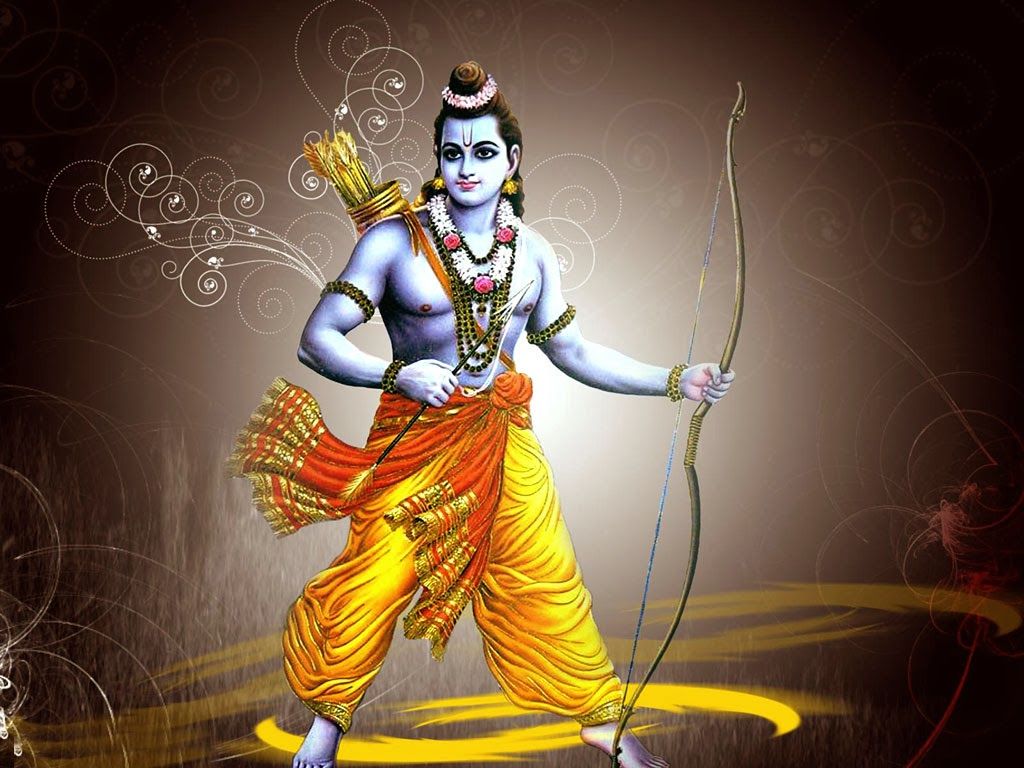
This festival is celebrated all over India and in other parts of the world where there is a significant Hindu population. However, it is most widely celebrated in the states of Uttar Pradesh, Bihar, Tamil Nadu, Andhra Pradesh, Telangana, Karnataka, and Maharashtra.
The religious and cultural significance of Sree Rama Navami lies in the belief that Lord Rama was born to King Dasharatha and Queen Kausalya in Ayodhya, and his birth marked the beginning of a new era of righteousness, justice, and peace. Lord Rama is considered to be an embodiment of virtue, truth, and dharma, and his life story, as told in the epic Ramayana, is a source of inspiration and guidance for millions of people.
How is Sree Rama Navami celebrated?
In different parts of India, Sree Rama Navami is celebrated in different ways and with different traditions. Here are some of the prominent regional variations:
Uttar Pradesh:
In Ayodhya, the birthplace of Lord Rama, the festival is celebrated with great pomp and splendor. Devotees take a dip in the sacred river Sarayu and visit the Rama Janmabhoomi temple. A grand procession is taken out, which is known as Shobha Yatra, in which idols of Lord Rama, Sita, Lakshmana, and Hanuman are carried on decorated chariots.
Andhra Pradesh and Telangana:
The festival is celebrated as a nine-day-long event, with various cultural and religious programs organized every day. On the ninth day, a special puja is performed, followed by a procession in which the idols of Lord Rama and Sita are carried on a chariot.
Tamil Nadu:
The festival is celebrated with great devotion, and devotees recite the Ramayana and perform puja at home. In some temples, a special puja is performed, and the idols of Lord Rama and Sita are taken on a procession.
Karnataka:
The festival is celebrated with great enthusiasm, and devotees visit temples to offer prayers to Lord Rama. In some places, a special puja is performed, followed by a procession in which the idols of Lord Rama and Sita are carried on a chariot.
Maharashtra:
The festival is celebrated with great fervor, and devotees observe a fast on this day. Special pujas are performed in temples, and in some places, a procession is taken out, in which the idols of Lord Rama, Sita, and Lakshmana are carried on a chariot.
In all these regions, the festival is celebrated with the utmost devotion and enthusiasm, and it serves as a reminder of the values of righteousness, truth, and dharma that Lord Rama stood for.
Who is Lord Sree Rama?
Lord Sree Rama is a revered deity in Hinduism and is believed to be the seventh avatar of Lord Vishnu. He is considered to be an embodiment of virtue, righteousness, and dharma.
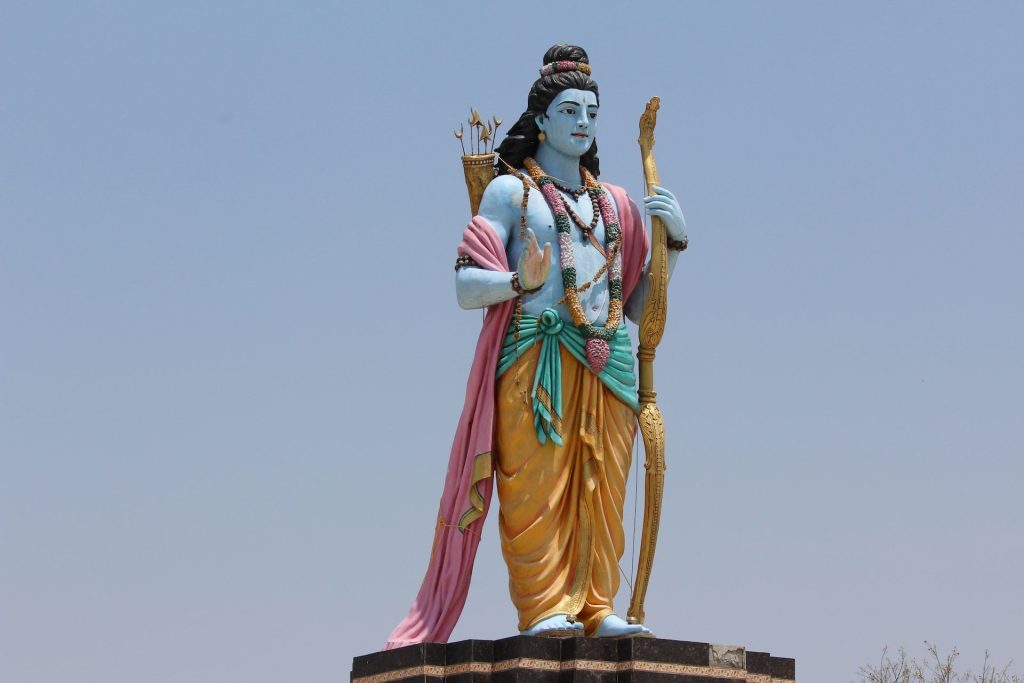
Photo by Pavan Kumaar on Unsplash
Ramayana – the story of Rama
According to Hindu itihasa – tradition of oral history, Lord Sree Rama was born to King Dasharatha and Queen Kausalya in Ayodhya. He was the eldest son of the king and was destined to be the next ruler of the kingdom. However, due to a twist of fate, he was exiled from his kingdom for fourteen years by his stepmother.
A quick Summary of the story of Lord Sree Rama
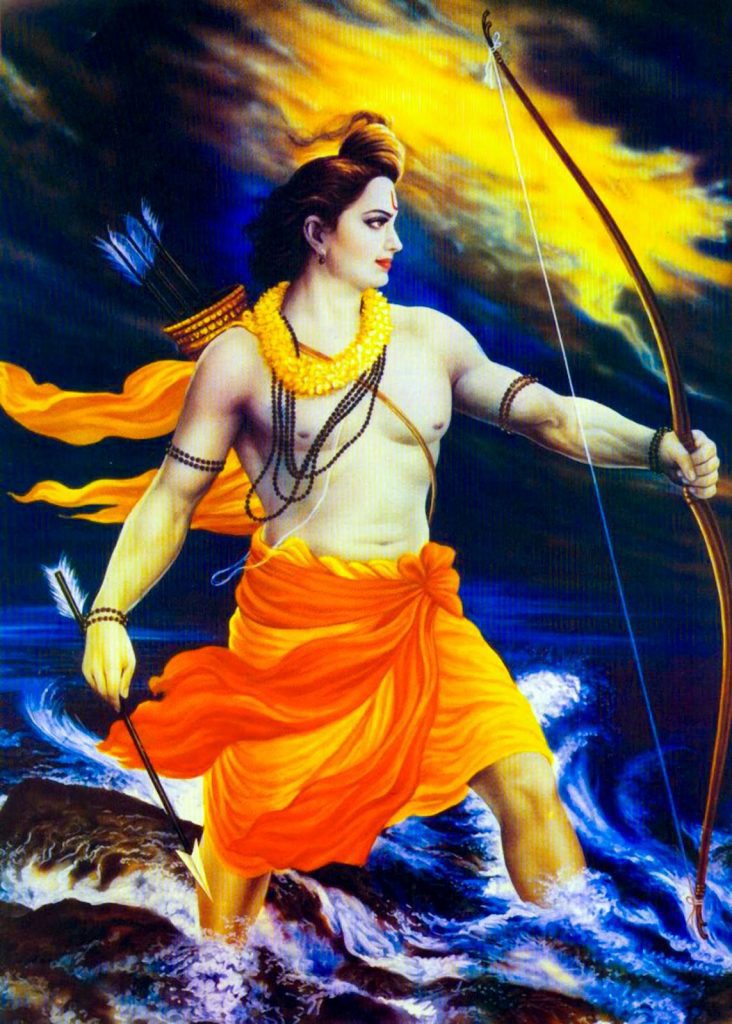
During his exile, Lord Sree Rama fought against the demon king Ravana and rescued his wife Sita, who had been kidnapped by Ravana.
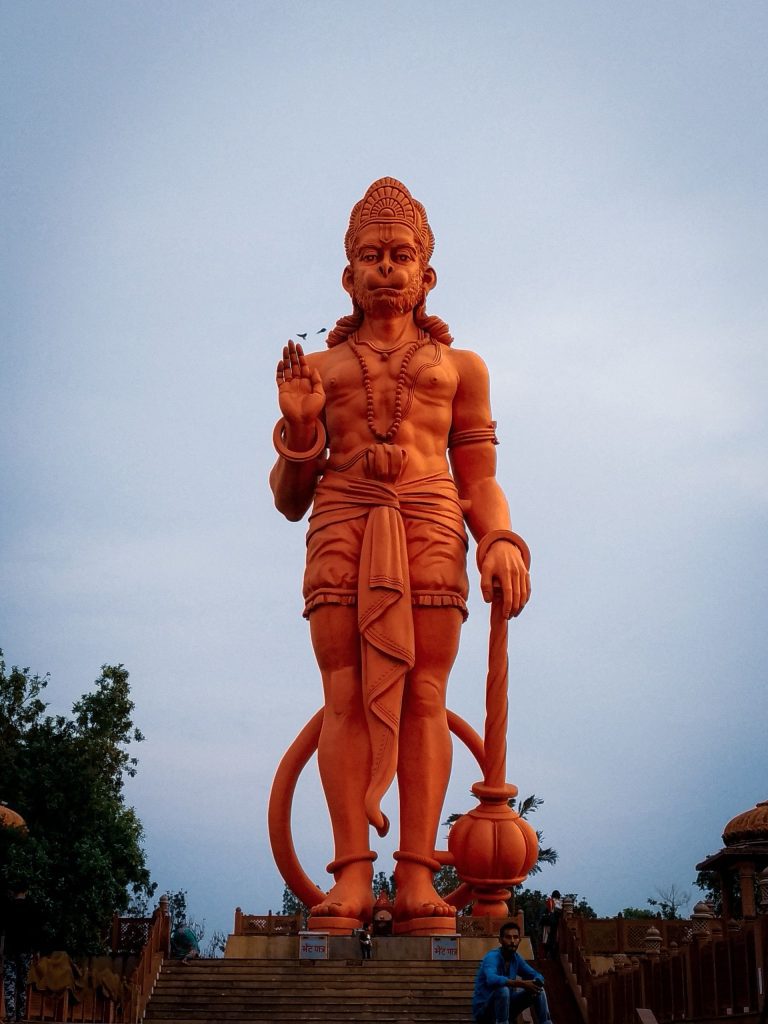
Photo by Deepak Kosta on Unsplash
With the help of his loyal brother Lakshmana and the vanara (half human and half ape) god Hanuman, Lord Rama defeated Ravana and returned to Ayodhya to take his rightful place as the king.
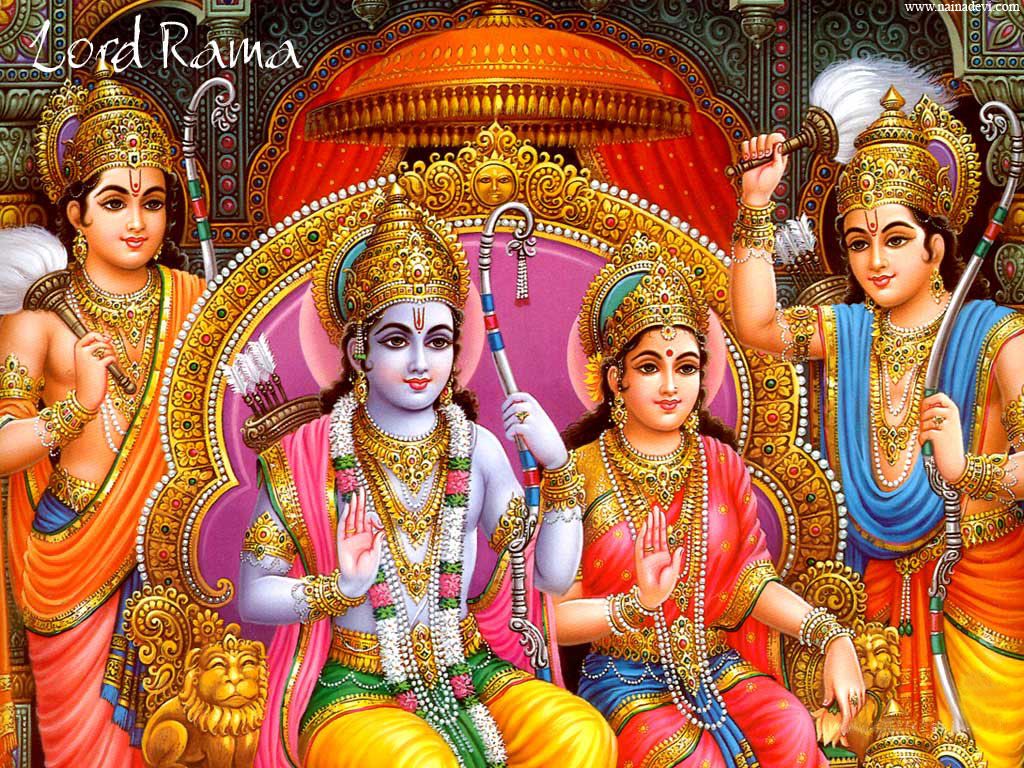
Learnings from Ramayana
Lord Sree Rama’s story is told in the epic Ramayana, which is one of the most important texts in Hinduism. His life story is considered to be a source of inspiration and guidance for millions of people, and he is revered for his adherence to dharma, his devotion to his wife Sita, and his compassion towards all living beings.
Source – Ramayana: The Legend of Prince Rama
Lord Sree Rama’s story also teaches important lessons about morality, self-control, and the importance of living a virtuous life. For Hindus, Lord Sree Rama is not just a deity, but a role model whose life serves as a guide for how to live a righteous and meaningful life.
Rama Temples around India
Here are some of the famous temples around India dedicated to Lord Rama, listed by region:
North India:
Ram Janmabhoomi Temple, Ayodhya: This temple is considered to be the birthplace of Lord Rama and is one of the most important pilgrimage sites for Hindus. The temple was built on the site of a mosque, which was demolished in 1992, leading to a long-standing legal dispute. The construction of a grand temple at the site is currently underway.
Hanuman Garhi Temple, Ayodhya: This temple is dedicated to Lord Hanuman, who is a loyal devotee of Lord Rama. The temple is located on a hill and is one of the most popular pilgrimage sites in Ayodhya.
Raghunath Temple, Jammu: This temple is dedicated to Lord Rama and is located in the heart of Jammu city. The temple is famous for its exquisite architecture and intricate carvings.
South India:
Sri Ranganathaswamy Temple, Srirangam: This temple is dedicated to Lord Ranganatha, a form of Lord Vishnu, who is believed to be an incarnation of Lord Rama. The temple is located on an island in the Kaveri River and is one of the largest temple complexes in India.
Bhadrachalam Temple, Telangana: This temple is dedicated to Lord Rama and is located on the banks of the Godavari River. It is believed that Lord Rama and Sita stayed at this site during their exile.
Sri Kodandarama Temple, Vontimitta: This temple is dedicated to Lord Rama and is located in Andhra Pradesh. The temple is famous for its stunning architecture and is believed to have been built during the reign of the Vijayanagara Empire.
East India:
Jagannath Temple, Puri: This temple is dedicated to Lord Jagannath, who is a form of Lord Vishnu and is believed to be an incarnation of Lord Rama. The temple is one of the most important pilgrimage sites in India and is famous for its annual Rath Yatra festival.
Shree Ram Mandir, Bhubaneswar: This temple is dedicated to Lord Rama and is located in the capital city of Odisha. The temple is famous for its exquisite architecture and intricate carvings.
West India:
Ram Mandir, Nashik: This temple is dedicated to Lord Rama and is located in the city of Nashik. The temple is famous for its stunning architecture and is believed to have been built during the 18th century.
Ram Kund, Panchavati: This is a sacred bathing spot located in the city of Nashik, where Lord Rama is believed to have taken a bath during his exile. The site is considered to be of great religious significance for Hindus.
These are just a few of the many temples dedicated to Lord Rama across India. Each temple has its own unique history and significance, and they all serve as important pilgrimage sites for devotees of Lord Rama.
Image Sources:
Image 1 | Image 2 | Image 3 | Image 4
